Before embarking on my first round the world (RTW) travel, the number one question people asked was, “How do you pack for a year long trip around the world?”
Overwhelmed by the thought, I didn’t end up packing until the night before I left. The previous week I’d reviewed my itinerary and broken down my planned travel into sections. My main focus was the temperatures I would be living in and for how long. Knowing I would be starting in SE Asia in 38°C and 90% humidity and possibly going all the way through to Canada with tempertures of -15°C with snow, I needed to pack for all conditions.
The Basics – Clothing
The main struggle of packing for long and varied travel is ensuring you take enough so that you don’t need to buy too much whilst on the road, but not packing so much that your backpack or suitcase is too heavy to carry. Believe me, the last thing in the world you want is to be lugging a heavy pack down the street for hours on a hot day looking for your hostel.
When it comes to clothing, my trick is to pack items that match well together and can be easily layered. I know this is what everyone says, but it really is a good idea. You’ll be re-wearing clothes constantly and if you have tops and bottoms that are easily interchangeable, a new outfit can be quickly created.
You also need to consider the weight of the clothes you’re carrying, especially when they become wet. Denim, for example, is a heavy material particularly when wet, and doesn’t dry overly quickly. So think carefully about your favourite jeans before you pack them.
You should also think about the actual comfort of your clothing. During travel days you might be spending 24 hours or more on a plane, train or bus. Comfortable clothing makes the journey so much more pleasant. It’s horrible to be sitting for hours on a bus in tight jeans that are cutting in to you. My advice, pack sweat/track pants. No one on a long-haul journey cares what you’re wearing, and after 10 hours, will likely be jealous of your comfy clothes. An additional bonus of bringing your comfy clothes on board is you can get changed back into your street clothes before disembarking, helping you feel much fresher.
Lastly try to match your clothing with the cultures you will be experiencing. Many countries have conservative values, especially in regard to women’s clothing. If you’re intending to visit temples, museums, churches or historical locations plan to wear clothing that covers your shoulders and knees. I found that whilst traveling through warm areas such as Thailand and Cambodia, a light weight top that covered my shoulders and 3/4 pants were perfect. I was able to keep cool and access all temples and cultural sites.

Wearing light clothing that covers shoulders and knees means you can stay cool and respect cultural customs.
Clothing List:
– 2 pairs of long pants
– 2 pairs 3/4 or light weight pants
– 1 pair of sweat/track pants
– 1 pair of shorts
– 4 tops (at least 1 covering the shoulders)
– 1 thin jumper or hoodie
– 1 light-weight waterproof jacket
– 10 undies, 2 bras, 5 pairs of socks
– Swimwear
Reading through the above list you may notice that I haven’t included a very warm jacket. Whilst a waterproof jacket is included and comes in handy in many situations like an unexpected rain storm, an air-conditioner set too high, or a suddenly cool night, it likely won’t be enough to help you in close to freezing temperatures. Rather than carrying a thick coat around with me for months, I found it easier to buy one on the road. There are a lot of cold weather jackets available in snow-prone cities that contain down feathers. These jackets squash down really well and are super light-weight, making them perfect for backpackers on the move.
If you aren’t going to need something in the early stages of your travel, I suggest saving yourself a lot of annoyance and resentment, and purchase it when you need to. You’ll find that after a week or two of carrying your backpack you’ll end up trying to lighten the load as much as you can. Whether that be removing packaging, throwing away soap you don’t need, or leaving that extra pair of shoes you weren’t sure about. Travelers are ruthless and what you valued when you left will be viewed completely differently when carried across continents. It’s also great to upgrade items on the road and leave old stuff behind. Remember it’s just stuff and it can be replaced.
Shoes
Comfortable shoes are a must. No matter where you’re traveling, it’s likely you will be walking so much more than you would at home. Shoes are a bulky edition to your luggage, so choose you selections wisely.
I take 3 pairs of shoes when I travel that cover almost all situations.
On the road I basically live in my thongs/sandals. I love them and have walked cities, hiked temples, visited nightclubs, played on beaches and run through the rain in my trusty thongs. The great thing about mine is they have a strap across the back and are jeweled on top, meaning they stay on my feet and can be dressed up or down, becoming my multi-purpose gems 🙂
My second pair of shoes are fashion boots that I can walk in all day. Whilst they’re not overly suited for hiking, they are made of leather and have served their purpose for walking along dirt and mud trails. As I’m not a lover of hiking and prefer spending my time near the beach or in cities, my boots have served me well especially in colder weather.
The last pair of shoes I pack are light-weight Merrell sneakers. Whilst these are my least worn pair, they are handy to have if my boots are wet, or my feet have blisters and need a break.
Health and Toiletries
Staying healthy whilst traveling long-term doesn’t have to be a struggle. I walk almost everywhere and try eat as much fruit and vegetables as I possible. But sometimes, fresh food can be difficult to find. So on long trips I pack health food store multivitamins and Redoxon, a soluble tablet of vitamin C and zinc. Whilst I don’t take a vitamin everyday, when I am a little run-down or start to feel a sore throat coming on, having quality vitamins on hand can really help boost my system.
When it comes to bathroom products like shampoo, conditioner and soap I try to keep containers as small as possible and refill as I go. In Thailand I bought a small shampoo and conditioner. I found the containers are so reliable and the perfect travel size that I just buy larger cheaper bottles when I run out, refill my containers, and donate the remainder to a fellow traveler or leave in behind in a hostel. Nothing wrong with contributing to the backpacker good karma!
*Top tip*
One of the most valuable items I carry in my pack is a laundry/underwear bag. Typically used when washing bras and delicates, not only will it protect your undies in laundromat or hostel washers, it’s a great place for storing your dirty underwear. Not only does the laundry bag keep your worn items separate from all your clean clothes, as it’s made from mesh it allows clothing to breathe, preventing your items from becoming really stinky.
Electronics
Traveling long-term I find that I have four key electronic items that I can’t live without, my MacBook Pro, camera
, iPhone
and Kindle
. As my travels keep me on the move for months at a time, each of these items serves a specific purpose and makes my life easier and happier.
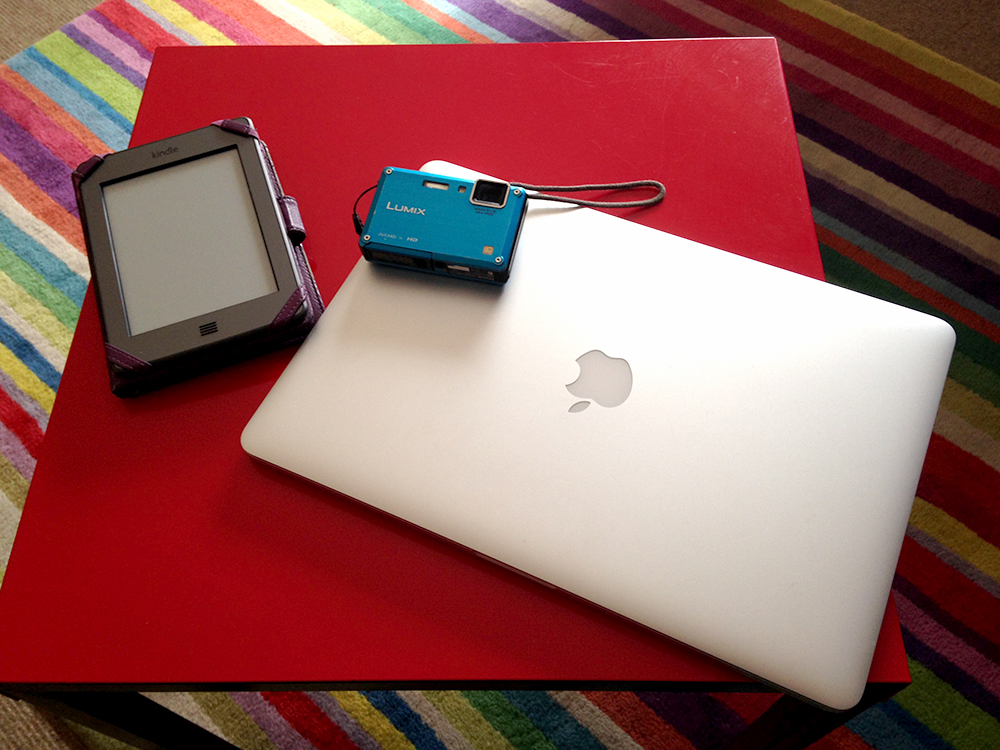
The electronics I always travel with are my Macbook Pro, camera, Kindle and iPhone (which I am taking the photo with!)
It’s easy to communicate whilst on the road, especially if you carry a smart phone. However keep in mind that carrying expensive electronic items is a risk as well as additional weight. As a blogger and web designer I really can’t live without my MacBook Pro. But I’m very protective of it whilst traveling. Stored within my smaller carry-on pack that is fitted with a laptop pocket, I ensure it’s not visible whilst moving around in public. When in accommodation be it a hostel, hotel or campsite I always lock my electronics away as securely as possible, either in a provided locker or within my large backpack.
Bits and pieces
There are a few essential items that I carry with me every time I travel. The most important of which are my own padlocks. Every zip opening on my large backpack has a combination padlock on it. This is the bag that is often left under a bus or plane or stored in a hostel baggage room. Needing to leave your main bag unattended happens often when traveling, and ensuring it is secure with multiple padlocks may be just enough of a deterrent for any would-be thieves eyeing your stuff. I am fully aware that if someone really wants in to my bag they could easily slash it open with a knife, however displaying locks will hopefully deter petty thieves who are looking for an easy target. Secondly you should always carry a spare padlock. The majority of hostels that I have stayed in provide lockers, but you must provide your own lock. Some hostels will have locks that you can hire, but they are the key lock kind and there are always multiple spare keys floating around that you aren’t aware of. I have a retractable style lock that comes in really handy and fits into all the different sized latches of random lockers.
A travel clothesline is something that I almost didn’t get before departing on my first RTW trip but came in so handy! You never know when you may encounter unexpected rain, need to hand-wash undies, create a room barrier or tie something up. Stretchy clotheslines are a simple and light-weight product that you can put in your bag and forget about until needed.
A microfiber towel is also a must. Many hostels around the world do not offer towels and a small one that is quick drying can be a life saver. I have previously written a review on my microfiber towel and will never travel without one.
Finally zip-lock bags are the best when you’re traveling! From a leaking shampoo bottle to waterproofing your mobile phone to rubbish storage, zip-lock bags are the handiest items to have. Light-weight, reusable and reliable I use them constantly and am always thrilled when I find a spare floating around in my pack.

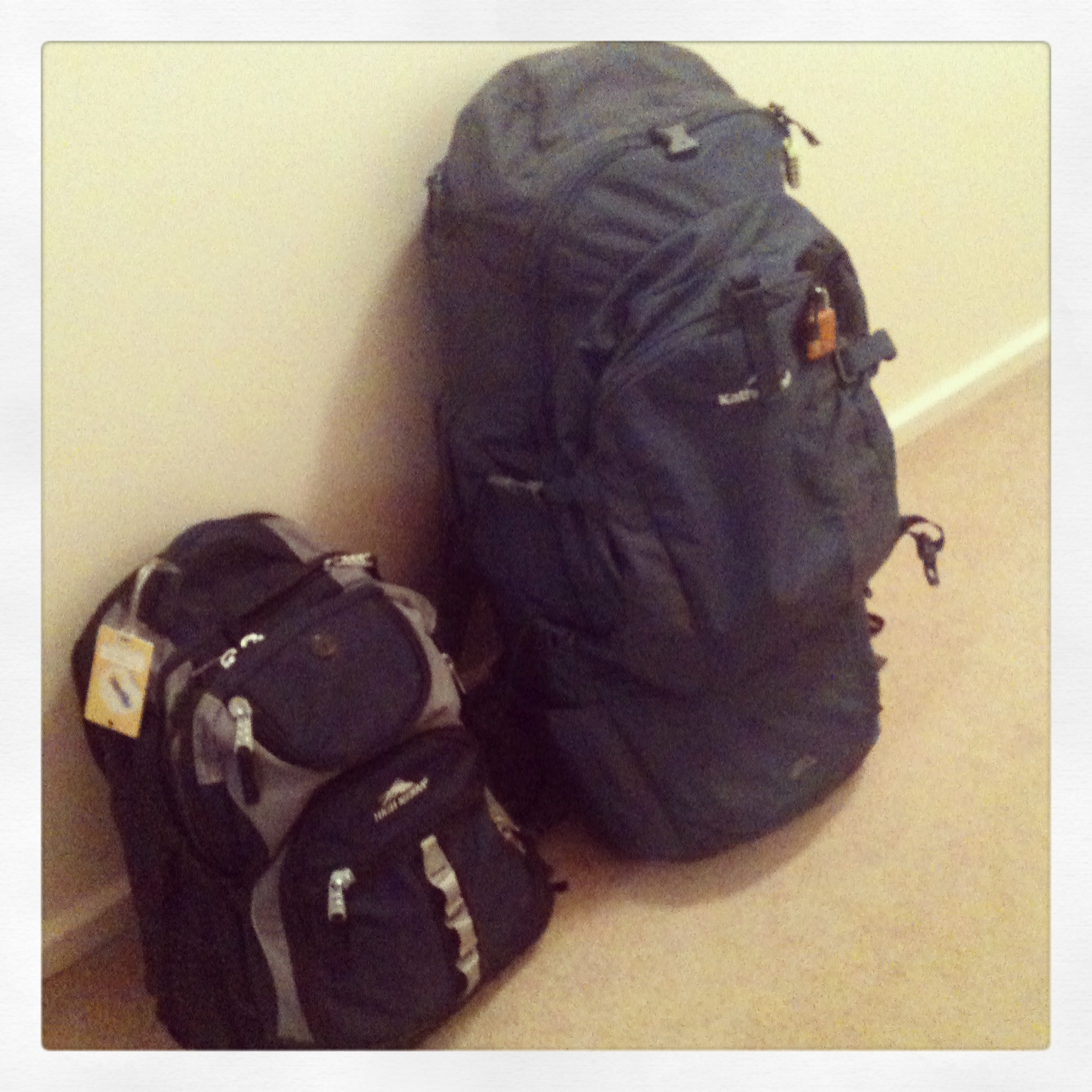
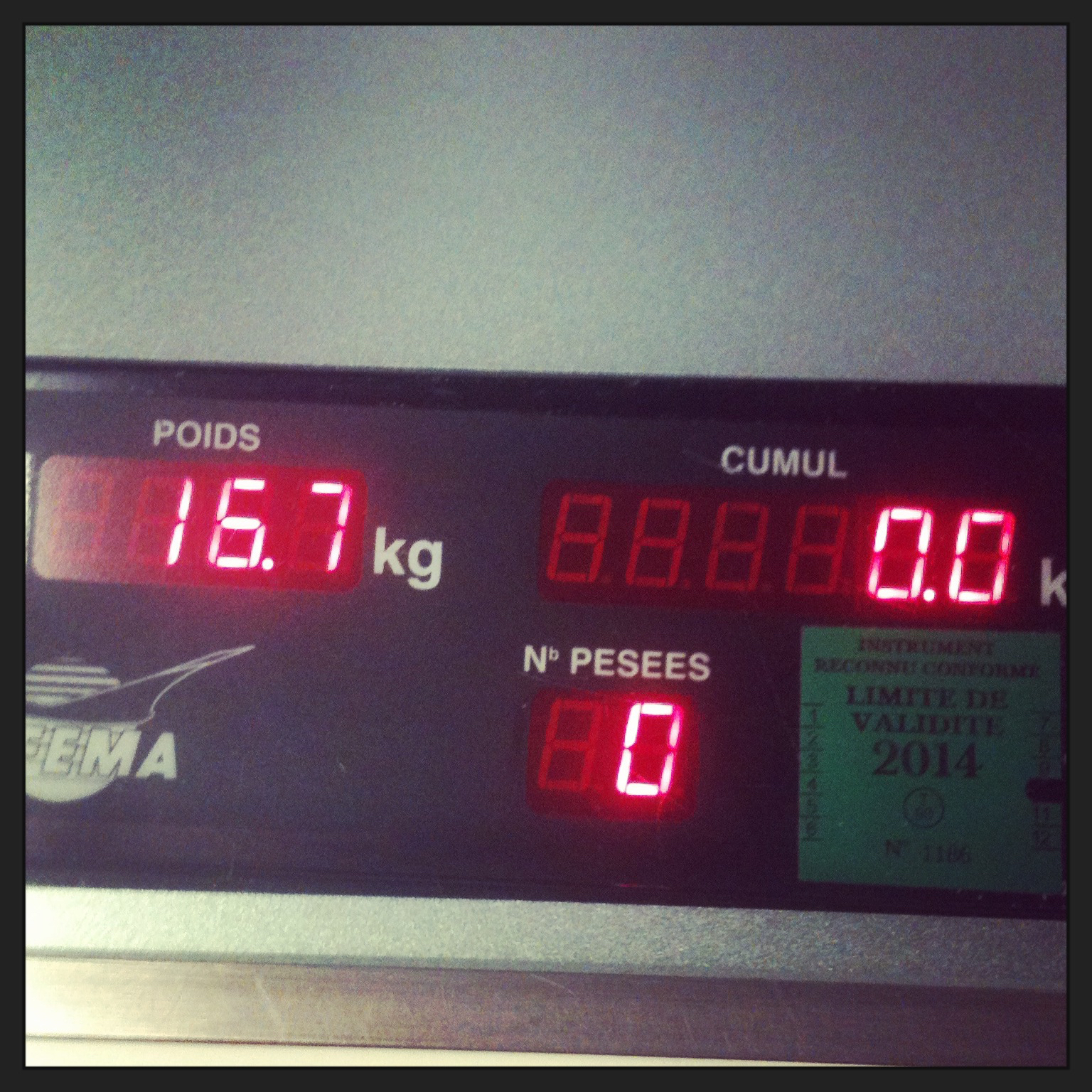
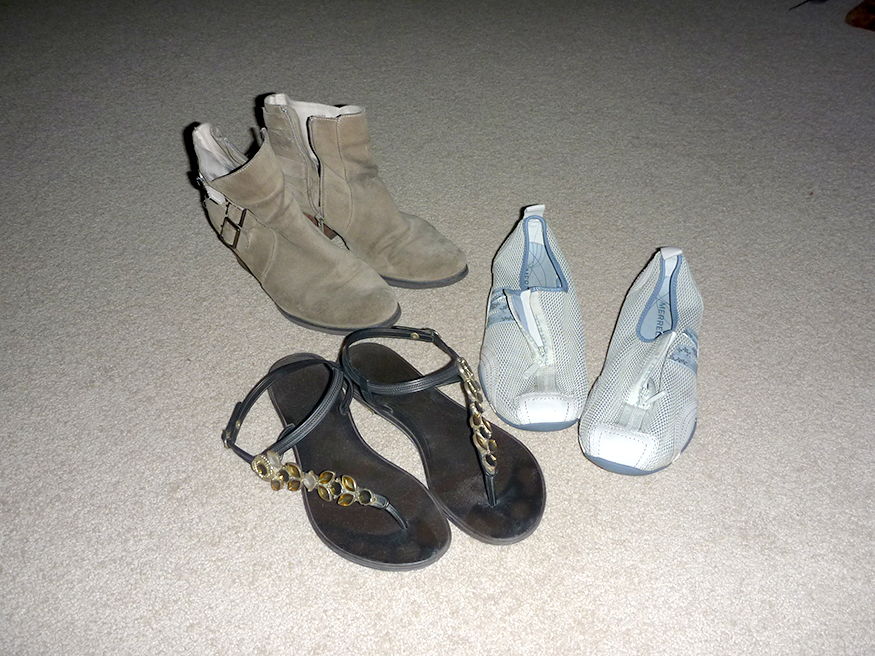
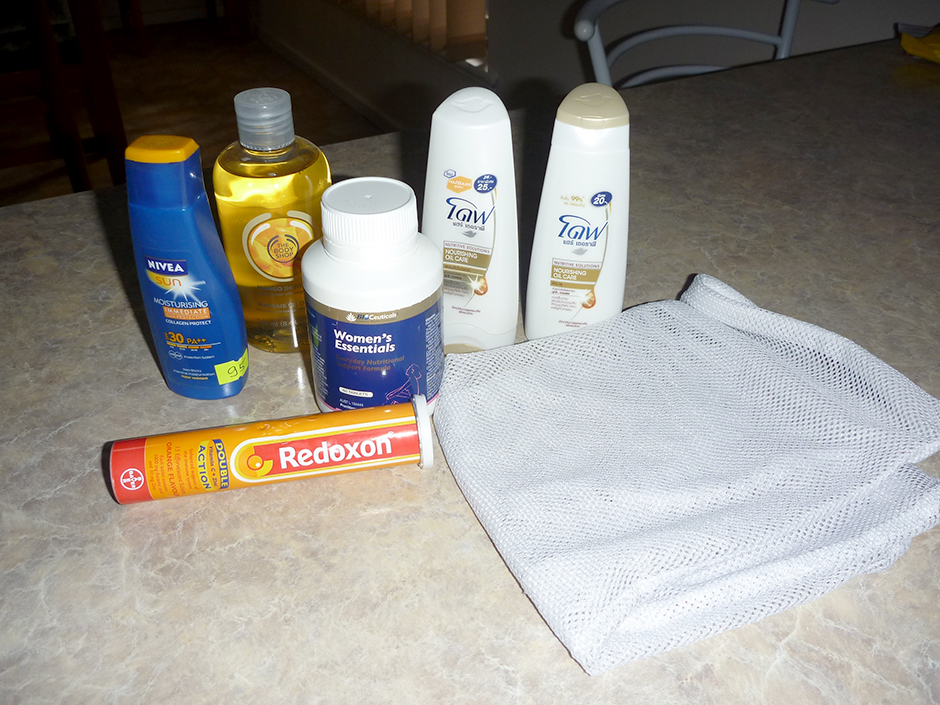
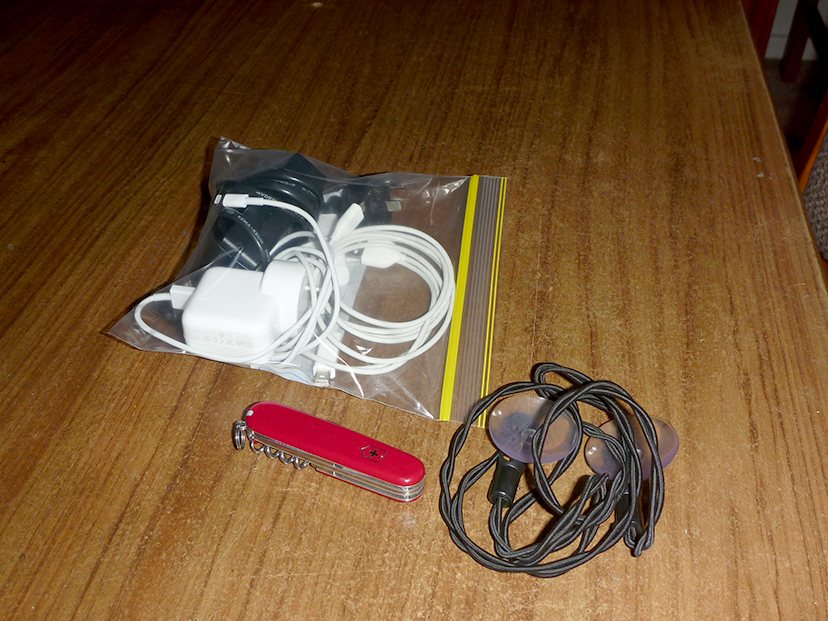
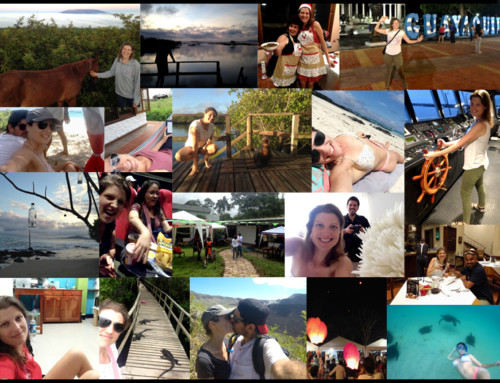
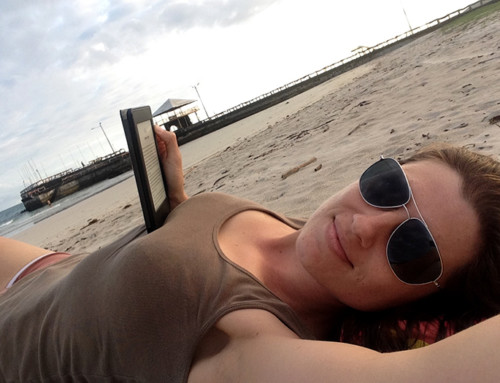
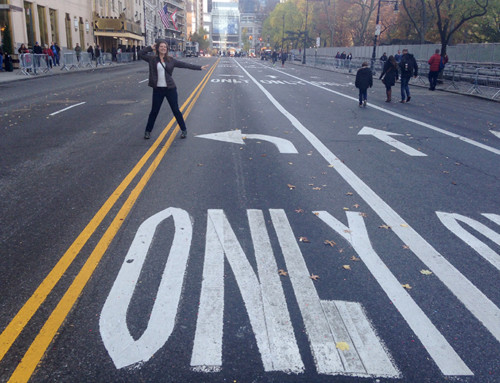


Very helpful tips! It is good that you mentioned to match the clothes with the culture we are traveling to. Thanks for sharing
Thanks Sharon, it definitely helps to think of the cultural element and pack things that you can use everywhere.